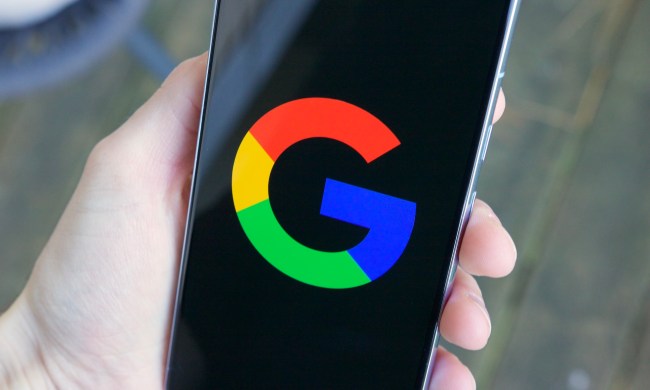Proceeding to even the second page of Google search results is rare enough, but going all the way to page 16 and then selecting an entry that leads to the discovery of a huge Mayan city that was lost for centuries under a jungle canopy … well, that’s really something.
“I was on something like page 16 of Google search and found a laser survey done by a Mexican organization for environmental monitoring,” Luke Auld-Thomas, a Ph.D. student at Tulane University in Louisiana, said in comments reported by the BBC.
The survey had been carried out using lidar, a remote sensing technology that uses laser pulses to measure distances and create precise, 3D maps of surfaces. In this case, it was deployed from an airplane to map objects on the ground.
Auld-Thomas decided to process the data using a system used by archaeologists, and to his great astonishment, he discovered remnants of a large ancient city that may have been populated by up to 50,000 people around 800 AD.
After handing his findings to archaeologists, a further investigation uncovered pyramids, sports fields, causeways connecting districts, and amphitheaters, the BBC reported.
The city, which has now been named Valeriana after a nearby lagoon, is in the southeastern state of Campeche, some 600 miles (around 965 kilometers) east of Mexico City.
Analysis of the aerial imagery revealed that Valeriana covers an area of about 6.4 square miles (16.6 square kilometers) and features two major centers, with densely packed housing and causeways linking them together. Nearly 6,800 buildings have been counted in all. Two plazas with temple pyramids for worshipping are also part of the ancient city’s landscape. The imagery even reveals a court where the city’s residents would have played ball games.
It’s not clear why the city failed to survive, though it’s suggested that drought conditions brought on by climate change may have forced the inhabitants to move on to more fertile areas.
As the BBC’s report points out, lidar technology has utterly transformed how archaeologists survey locations covered in vegetation. Earlier surveys were done on foot and took considerably longer to complete.
These are certainly exciting times for archeologists, though Auld-Thomas commented that “one of the downsides of discovering lots of new Mayan cities in the era of lidar is that there are more of them than we can ever hope to study.”
Though in this case, Google search — and Auld-Thomas’s decision to go beyond page one of the results — also played a major role in the discovery of Valeriana.


